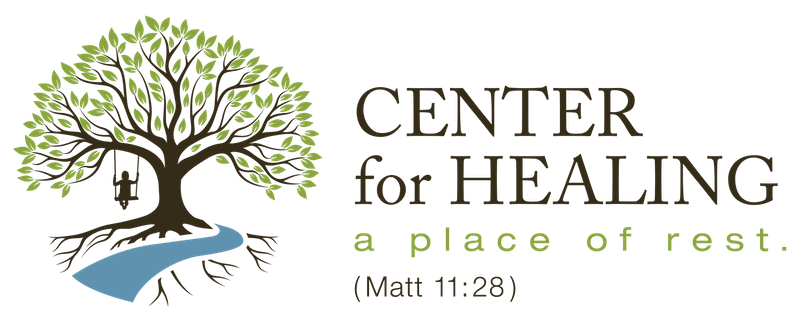
Many of us experience much difficulty knowing and communicating to others what is going on inside ourselves. In more extreme cases, this is called alexithymia. This is from the Greek meaning “difficulty" identifying and communicating one's feelings”. Many people who have a history of trauma experience this phenomenon and have either consciously or unconsciously severed the connection between their bodily sensations and their emotions. Some have had certain emotions translated out of existence by their parents. For example,“big boys don't get scared” or “I'll give you something to cry about.” While they've become skilled at shutting down overwhelming and painful emotions, they also have a profound decrease in their ability to feel pleasure and other positive emotions. I often ask my clients how they feel about particular situations. Instead of answering with how they feel, they'll tell me what they're thinking or what they wanted to do. If I ask a client what he feels when he and his wife have an argument, he may say that he wanted to leave the room or say that he thought his wife was being unfair. If the connection between his bodily sensations and emotions was integrated, he might say that he noticed a tightness in his chest, a feeling of heat rising up from his stomach, and that he felt frustrated.
In The Body Keeps the Score, Dr. Bessel van der Kolk says, “Our sense of ourselves is anchored in a vital connection with our bodies. We do not truly know ourselves unless we can feel and interpret our physical sensations; we need to register and act on these sensations to navigate safely through life. While numbing (or compensatory sensation-seeking) may make life tolerable, the price you pay is that you lose awareness of what is going on inside your body and, with that, the sense of being fully, sensually alive.”
One of the best ways to begin healing from alexithymia is to foster a particular type of awareness called interoception. Interoception is the ability to sense what is happening inside your body. We learn to be interoceptive by focusing our attention on our bodily sensations and by paying attention to our breathing and our heart rate. Practicing a mindfulness technique called a Body Scan helps to build our ability to be interoceptive. In The Mindful Catholic, Dr. Gregory Bottaro defines mindfulness as “awareness of the present moment with acceptance and nonjudgment.”
The Body Scan requires that you lie down, eyes closed, and begin focusing your attention on your body beginning with your feet and up through your entire body. As you move through each part of your body allow your exhale to release the attention from that part of your body and use your inhale to focus your attention to a new part of your body. The purpose isn't to look for any particular sensations, but to simply observe what you notice. By observing with a disposition of curiosity you'll be able to allow whatever physical sensations arise. However, this exercise can be emotionally distressing for people who have experienced physical or sexual abuse or hold shame and contempt in their body. Imagining yourself directing your breath to the specifics parts of your body where you notice the pain of old wounds is a healing act of self-compassion.
I hold shame, grief, and anxiety in my chest and stomach. My chest will sometimes feel tight and constricted and my stomach will feel hollow and empty. This happens when certain painful memories are triggered by present events. I've found that placing my right hand on my chest and my left hand on by stomach during a Body Scan brings an added layer of awareness of how we hold in our bodies what we need to heal. This embodied act of self-compassion and self-care allows me to experience a felt sense that my body is good and worthy of care and support.
When we hold our body or parts of our body in contempt, in a very real way, we are cursing our bodies. If we believe that we are the Imago Dei, are our bodies not sacred and holy? In his book, Stumbling Toward Wholeness, Andrew Bauman offers a prayer when we've noticed that we've cursed our precious bodies.
“I am sorry for how I've treated your beautiful creation. What you made in me is worthy, good, strong, and quite stunning. May I have the courage to join you in your delight of my body. Amen.”
Healing the connection between our bodies and our emotions is not easy work to do, but it is good and holy work. Simply keeping your attention on what you're observing helps to integrate the connection between your body and your emotions. Healing opens our capacity to receive all that Our Lord has for us. Jesus says in John 10:10, “I have come that they might have life, and that they may have it more abundantly.” By choosing to bless our good bodies and heal the chasm between our bodies and our emotions, we become more fully human and thus more fully alive.
Peace, Chris Ellman MSW, LCSW, SATP



